Often mistakenly termed “photochromatic lenses,” photochromic lenses refer to optical lenses that automatically adjust their tint to ambient light. These adaptive lenses transition from clear indoors to darker outdoors, offering vision clarity and UV protection in a single pair of photochromic glasses.

How Do Plastic Photochromic Lenses Work?
Photochromic lenses made of plastic like CR-39 or polycarbonate contain embedded photochromic dyes, such as naphthopyrans. Under ultraviolet (UV) light, these carbon-based molecules change shape, absorbing more visible light and darkening the lens. When indoors or away from UV exposure, they revert to their clear state.
How Do Glass Photochromic Lenses Work?
Glass photochromic lenses use microscopic silver halide crystals (commonly silver chloride). UV exposure prompts silver ion reduction into elemental silver, darkening the lens. Without UV light, copper chloride reverses the reaction, returning clarity.
How Quickly Do Photochromic Lenses Work?
On average, photochromic lenses darken within 30 to 60 seconds under intense sunlight and revert to clear in 2 to 3 minutes once indoors. Speed varies with temperature; in cold conditions, slow fading occurs, but enhances darkness, while heat speeds clearing but reduces darkness intensity.
What Are Photochromic Lenses Made Of?
Plastic versions incorporate photochromic dyes into polymers like CR-39 or polycarbonate, creating robust yet light photochromic lenses. Glass versions contain silver halide crystals embedded during manufacturing.
What Are Photochromic Lenses Used For?
These photochromic lenses are an elegant solution for individuals needing a seamless transition from indoor to outdoor light. They function as clear glasses and sunglasses simultaneously, enhancing comfort, eye protection, and convenience. Used widely for daily wear, computer work, or outdoor activities, they eliminate the need to switch eyewear.
Are Photochromic Lenses Right for You?
Consider photochromic glasses if you value UV protection and dislike carrying multiple eyewear pairs. Ideal for outdoor durations, frequent light transitions, or sensitive eyes. However, note their limitations: less darkness when driving (windshields block some UV), and performance may be tempered by temperature.
Conclusion
A well-chosen pair of photochromic lenses provides clear vision indoors, automatic darkening outdoors, and essential UV protection, all in one. Whether plastic or glass-based, these lenses adapt to changing light.
For practical protection without switching eyewear, photochromic glasses offer comfort, clarity, and convenience. As part of eye tips, remember to choose lenses with 100% UV filtering, one of the most important steps to preserve eye health.
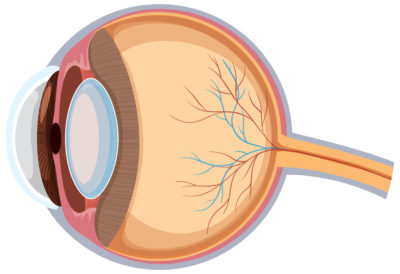
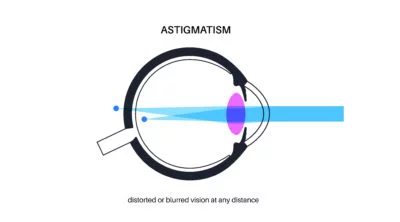

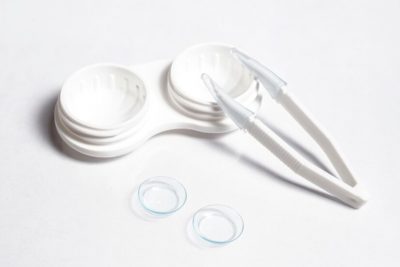

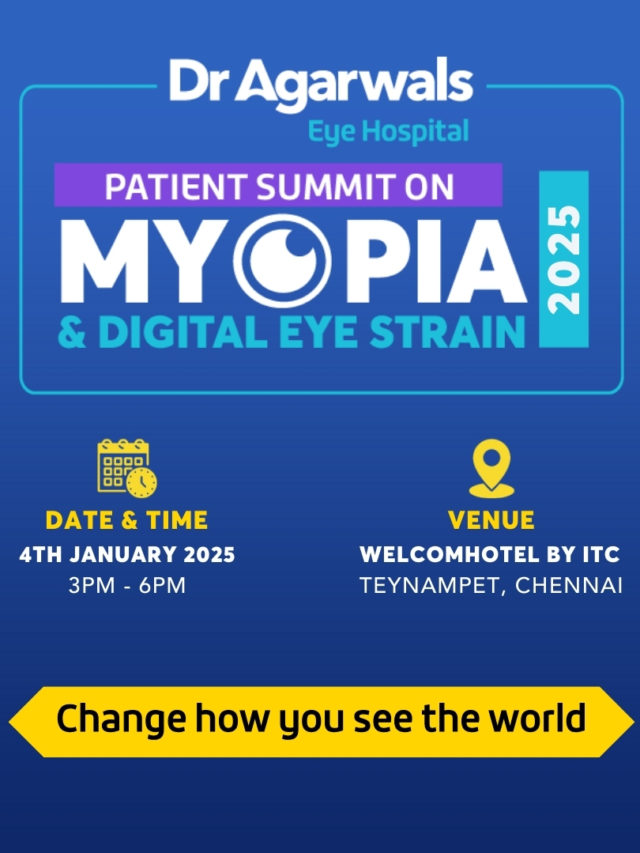

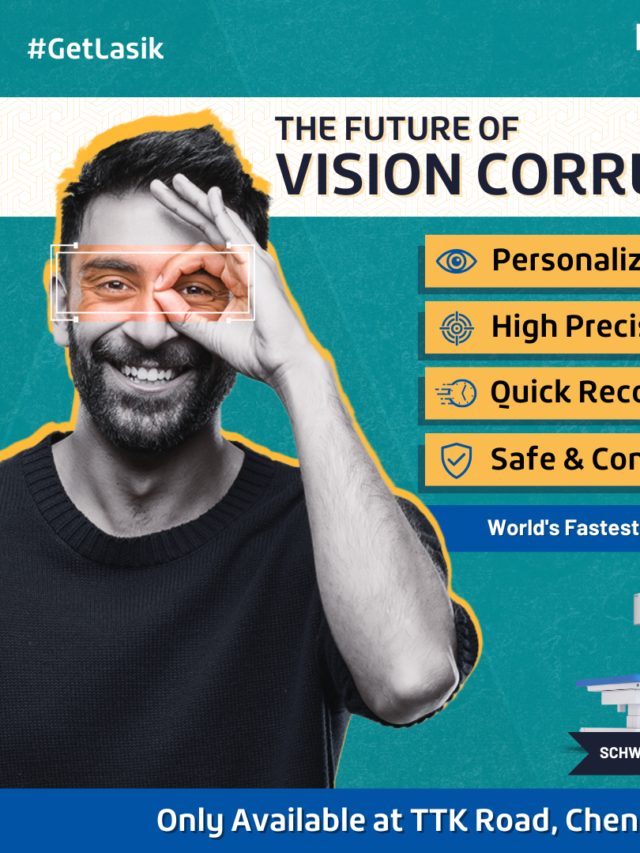

Keep up the great work! Thank you so much for sharing a great posts.
https://shrikrishnajewels.in/